Home>Furniture & Design>Bathroom Accessories>How Much Toothpaste Should I Put On My Toothbrush
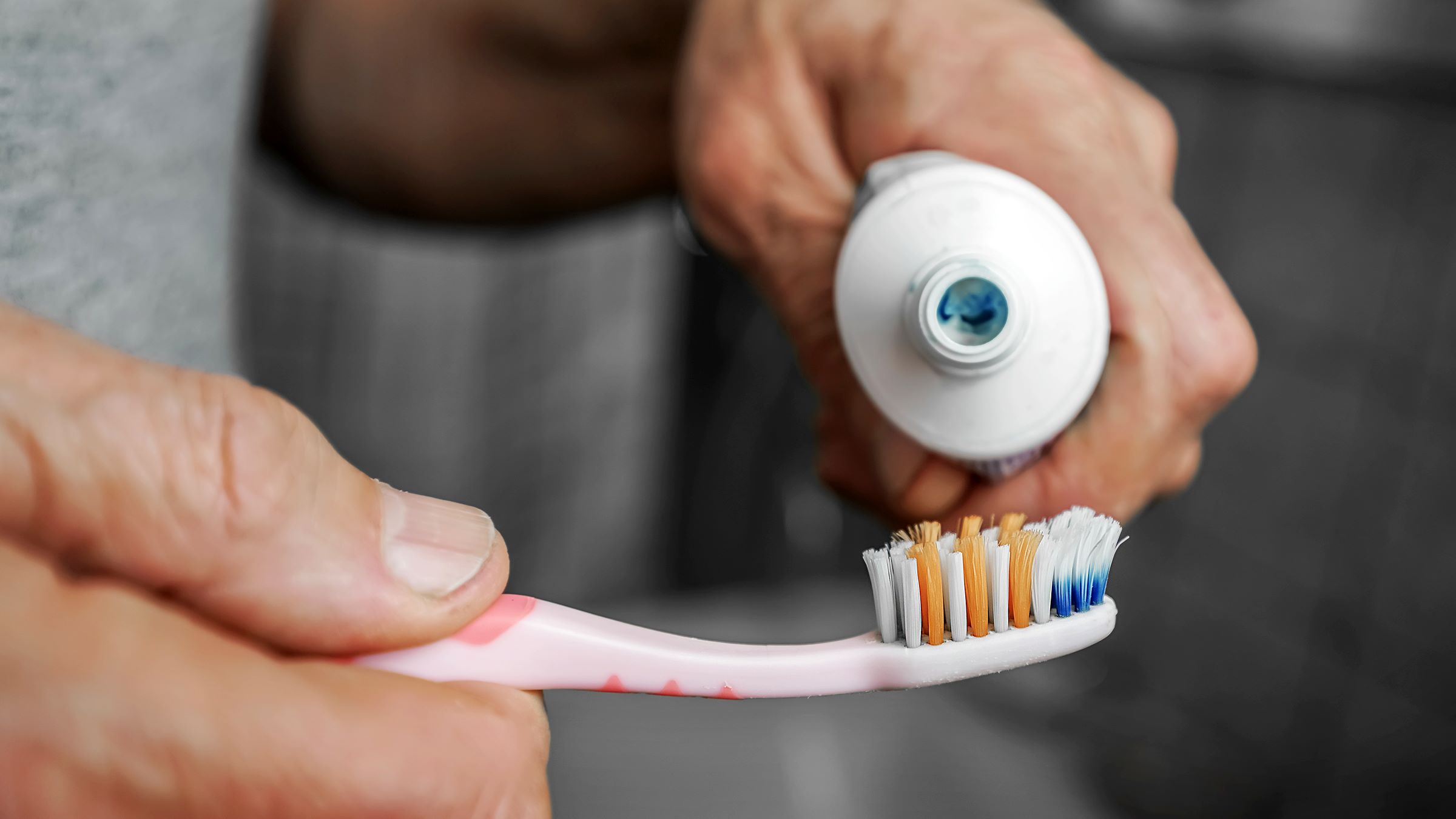

Bathroom Accessories
How Much Toothpaste Should I Put On My Toothbrush
Published: February 11, 2024
Find out the ideal amount of toothpaste to use for effective brushing. Get expert tips on bathroom accessories for optimal oral hygiene.
(Many of the links in this article redirect to a specific reviewed product. Your purchase of these products through affiliate links helps to generate commission for Storables.com, at no extra cost. Learn more)
Introduction
When it comes to maintaining good oral hygiene, using the right amount of toothpaste is crucial. Many of us have been taught from a young age that a big, swooping dollop of toothpaste is the way to go, but is that really the case? The truth is, the amount of toothpaste you should use depends on several factors, including your age, dental health, and personal preferences. In this article, we will delve into the factors to consider when determining the appropriate amount of toothpaste to use, the recommended quantity for different age groups, and some tips for proper toothpaste usage. So, let's dive in and uncover the secrets to achieving optimal oral health through the right toothpaste application.
Key Takeaways:
- Use a smear of toothpaste for kids under 3, a pea-sized amount for kids 3-6, and a pea-sized to full brush covering for adults. Don’t overdo it for better oral health.
- Brush gently for 2 minutes, twice a day, and spit out excess toothpaste without rinsing. Follow these tips for a healthier, happier smile.
Read more: How Much Chlorine Should I Put In My Hot Tub
Factors to Consider
When determining the appropriate amount of toothpaste to use, several factors come into play. Understanding these factors can help you make an informed decision and optimize your oral hygiene routine.
1. Age
The age of the individual is a significant factor in determining the amount of toothpaste to use. For children under the age of three, it is recommended to use a smear of toothpaste, roughly the size of a grain of rice. This minimal amount reduces the risk of swallowing excessive fluoride. For children aged three to six, a pea-sized amount of toothpaste is sufficient. As for adults and older children, a pea-sized to a full brush covering of toothpaste is generally recommended.
2. Dental Health
Individuals with specific dental conditions may need to adjust the amount of toothpaste they use. For instance, those with sensitive teeth or gums may benefit from using a smaller amount of toothpaste to minimize potential irritation. Conversely, individuals with a higher risk of cavities or gum disease may be advised to use a fluoride toothpaste and ensure they are applying an adequate amount to maximize its protective benefits.
3. Personal Preferences
Personal preferences also play a role in determining the amount of toothpaste to use. Some individuals may prefer a more generous amount of toothpaste for a minty-fresh sensation, while others may opt for a more conservative application. Understanding and respecting personal preferences can contribute to a more enjoyable brushing experience.
4. Fluoride Content
The fluoride content in toothpaste is an essential consideration. Fluoride is a key ingredient for preventing tooth decay and strengthening enamel. However, excessive fluoride intake, especially in young children, can lead to dental fluorosis. Therefore, it is crucial to use an appropriate amount of fluoride toothpaste based on age recommendations to balance its benefits and potential risks.
5. Brushing Frequency
The frequency of brushing also influences the amount of toothpaste to use. For individuals who brush multiple times a day, using a smaller amount of toothpaste each time may be more suitable to avoid excessive fluoride intake. Conversely, those who brush less frequently may need to ensure they are using an adequate amount of toothpaste to maintain effective oral hygiene.
Considering these factors can help individuals make informed decisions about the amount of toothpaste to use, leading to improved oral health and a more personalized brushing experience.
Recommended Amount of Toothpaste
Determining the recommended amount of toothpaste for optimal oral hygiene involves considering various factors, as discussed earlier. For children under the age of three, a smear of toothpaste, approximately the size of a grain of rice, is advised. This minimal amount is crucial in preventing the risk of swallowing excessive fluoride, which can lead to dental fluorosis. Children aged three to six, on the other hand, are recommended to use a pea-sized amount of toothpaste. This quantity is sufficient to ensure effective cleaning while minimizing the risk of fluoride ingestion.
As for adults and older children, a pea-sized to a full brush covering of toothpaste is generally recommended. This range allows for flexibility based on individual preferences and dental health needs. It is important to note that using more toothpaste than the recommended amount does not necessarily lead to better cleaning. In fact, excessive toothpaste can result in an unnecessary intake of fluoride, especially if the individual brushes multiple times a day.
The fluoride content in toothpaste is a critical consideration when determining the appropriate amount to use. Fluoride is a key ingredient for preventing tooth decay and strengthening enamel. However, excessive fluoride intake, especially in young children, can lead to dental fluorosis. Therefore, it is crucial to use an appropriate amount of fluoride toothpaste based on age recommendations to balance its benefits and potential risks.
Understanding the recommended amount of toothpaste for different age groups is essential for maintaining good oral health. By following these guidelines, individuals can ensure that they are using an appropriate amount of toothpaste to achieve effective cleaning and protection against dental issues. Additionally, it is advisable to consult with a dental professional to receive personalized recommendations based on specific dental health needs and concerns.
In summary, the recommended amount of toothpaste varies based on age, dental health, and personal preferences. By adhering to these guidelines, individuals can optimize their oral hygiene routine and contribute to long-term dental wellness.
Tips for Proper Toothpaste Usage
Proper toothpaste usage goes beyond simply squeezing the right amount onto your toothbrush. It involves understanding the best practices for maximizing the effectiveness of toothpaste and ensuring thorough oral hygiene. Here are some valuable tips to elevate your toothpaste game:
-
Brushing Technique: The way you brush your teeth significantly impacts the efficacy of toothpaste. Use a soft-bristled toothbrush and gentle, circular motions to clean the teeth and gums. Avoid aggressive scrubbing, as it can lead to enamel erosion and gum irritation.
-
Time and Frequency: It's not just about the amount of toothpaste, but also how long and how often you brush. Dentists recommend brushing for at least two minutes, twice a day. This duration allows the fluoride in the toothpaste to work its magic in strengthening the enamel and fighting cavities.
-
Spit, Don't Rinse: After brushing, spit out the excess toothpaste without rinsing your mouth with water. This allows the fluoride to continue protecting your teeth even after brushing. Rinsing immediately washes away the protective layer of fluoride, reducing its effectiveness.
-
Use Fluoridated Toothpaste: Opt for toothpaste that contains fluoride, as it plays a crucial role in preventing tooth decay and fortifying the enamel. However, it's essential to use the appropriate amount based on age recommendations to balance its benefits and potential risks.
-
Replace Your Toothbrush: Regularly replace your toothbrush or toothbrush head every three to four months, or sooner if the bristles appear frayed. A worn-out toothbrush is less effective at removing plaque and bacteria, compromising the overall cleaning process.
-
Store Properly: Store your toothpaste in a cool, dry place and away from direct sunlight. Proper storage helps maintain the integrity and effectiveness of the toothpaste, ensuring that it continues to deliver the intended oral health benefits.
-
Consult Your Dentist: If you have specific dental concerns or conditions, such as sensitive teeth or gum issues, consult your dentist for personalized recommendations on toothpaste selection and usage. They can provide tailored advice to address your unique oral health needs.
By incorporating these tips into your oral care routine, you can maximize the benefits of toothpaste and contribute to a healthier, happier smile. Remember, proper toothpaste usage, combined with regular dental check-ups, forms the foundation of excellent oral hygiene.
These tips are designed to enhance your toothpaste usage, ensuring that you derive the maximum benefits from your oral care routine. Incorporating these practices into your daily regimen can lead to improved oral health and a brighter smile.
Conclusion
In conclusion, the amount of toothpaste you should use is not a one-size-fits-all approach. It varies based on age, dental health, personal preferences, and brushing habits. Understanding these factors is crucial for optimizing oral hygiene and ensuring the effective use of toothpaste.
By following the recommended guidelines for different age groups, individuals can strike a balance between achieving thorough cleaning and minimizing potential risks associated with excessive fluoride intake. For children under three, a smear of toothpaste the size of a grain of rice is recommended, while children aged three to six should use a pea-sized amount. Adults and older children can benefit from using a pea-sized to a full brush covering of toothpaste, depending on their preferences and dental health needs.
Furthermore, incorporating proper toothpaste usage tips, such as brushing technique, time and frequency, and the use of fluoridated toothpaste, can significantly enhance the effectiveness of oral care routines. These practices contribute to maintaining strong, healthy teeth and gums while reducing the risk of dental issues.
It's important to remember that oral hygiene is not solely about the amount of toothpaste used, but also about the overall approach to dental care. Regular dental check-ups, a balanced diet, and healthy lifestyle habits complement the use of toothpaste in promoting optimal oral health.
In essence, the journey to maintaining a healthy smile involves a holistic approach that encompasses proper toothpaste usage, consistent oral care practices, and professional dental guidance. By integrating these elements into your daily routine, you can take proactive steps towards preserving your oral health and enjoying a confident, radiant smile for years to come.
Frequently Asked Questions about How Much Toothpaste Should I Put On My Toothbrush
Was this page helpful?
At Storables.com, we guarantee accurate and reliable information. Our content, validated by Expert Board Contributors, is crafted following stringent Editorial Policies. We're committed to providing you with well-researched, expert-backed insights for all your informational needs.

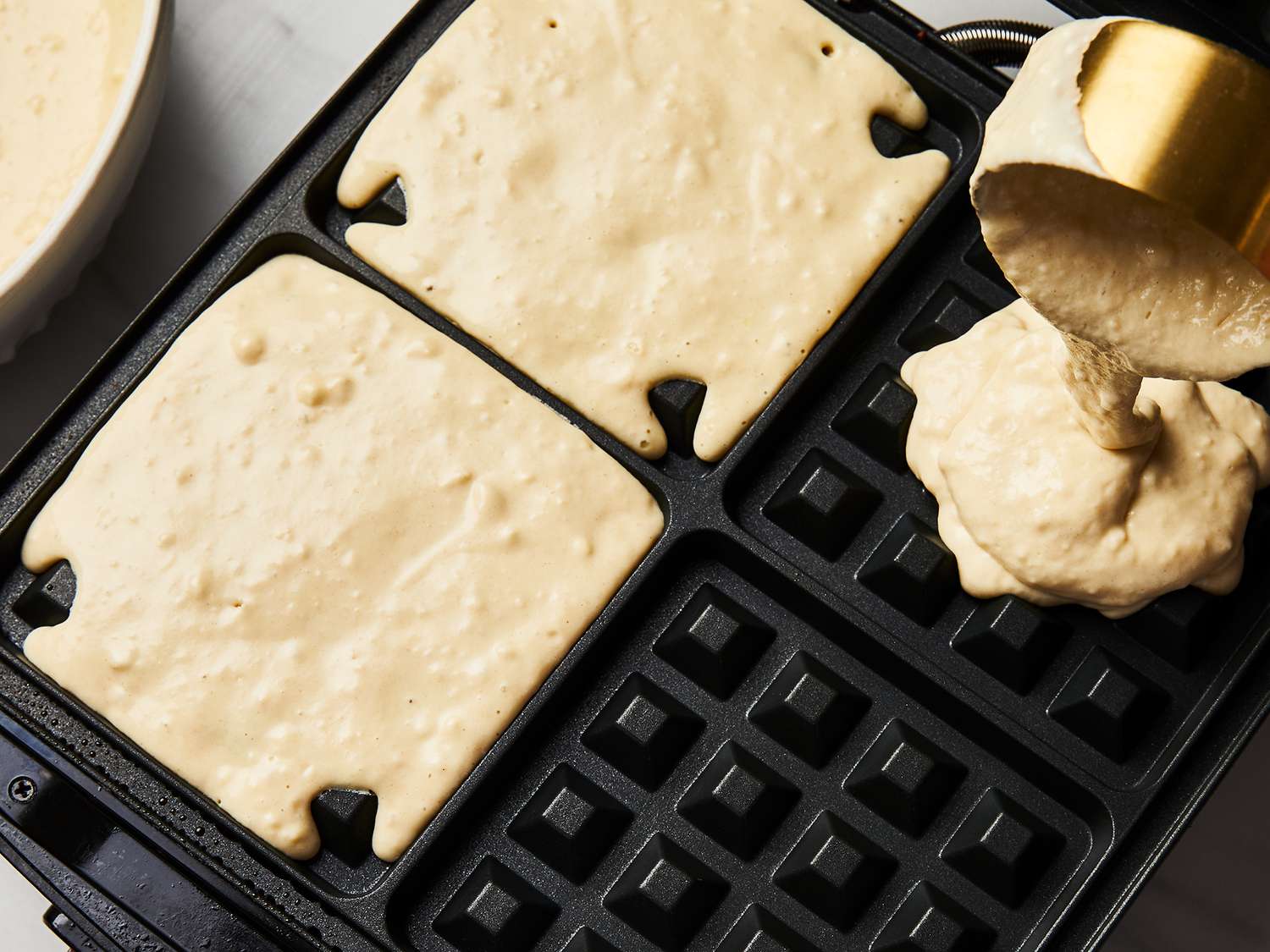
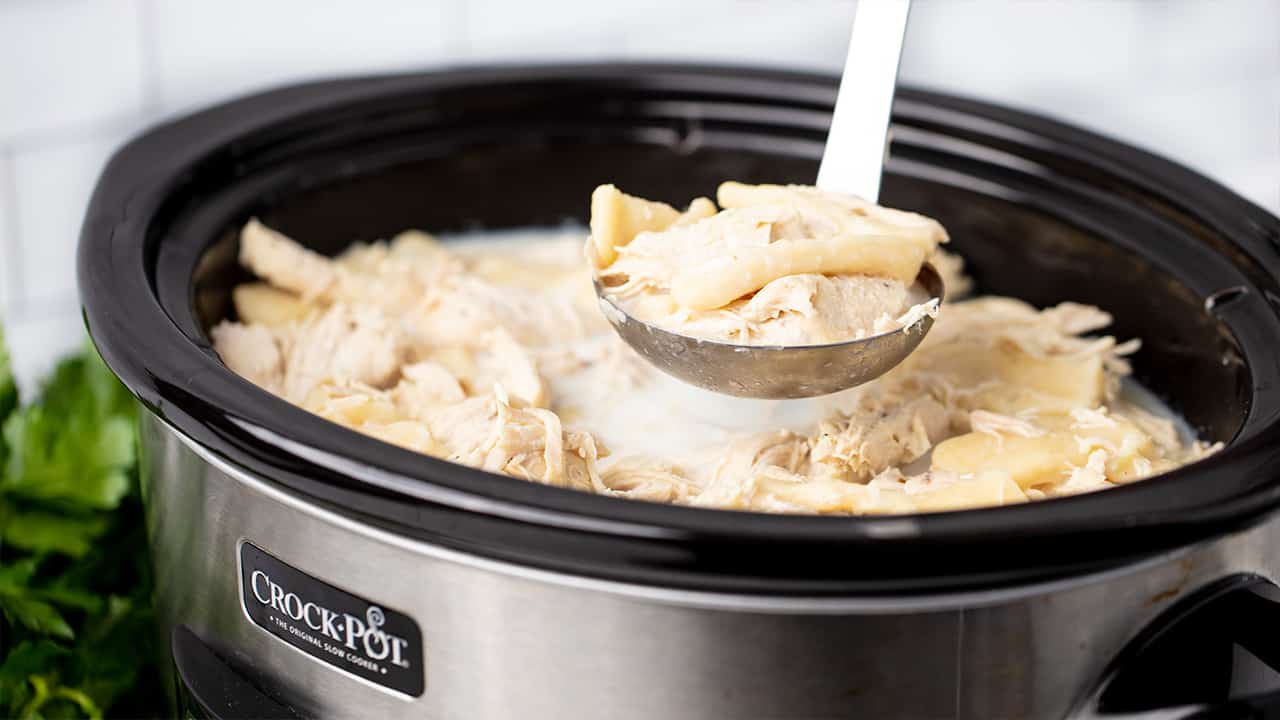
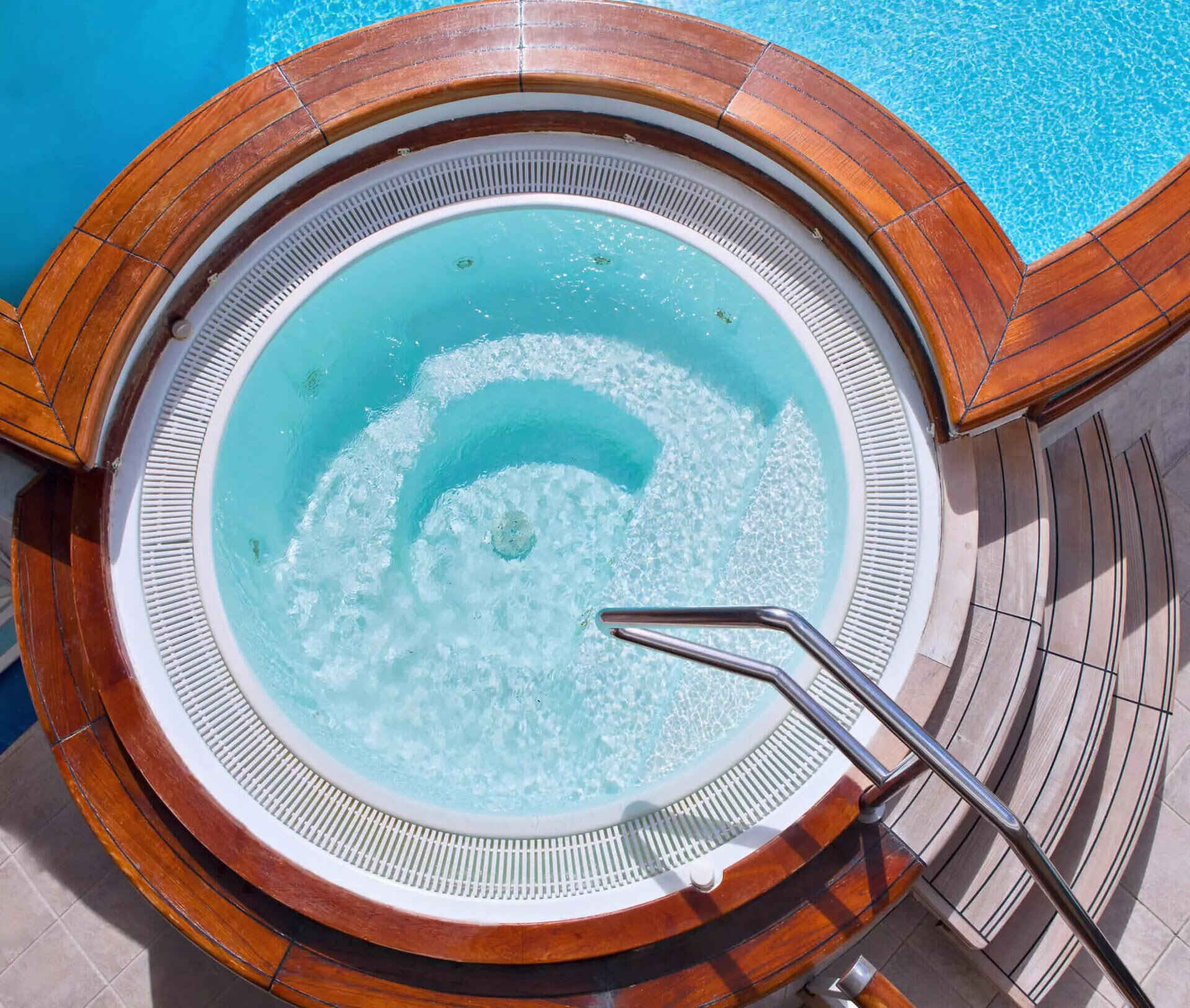
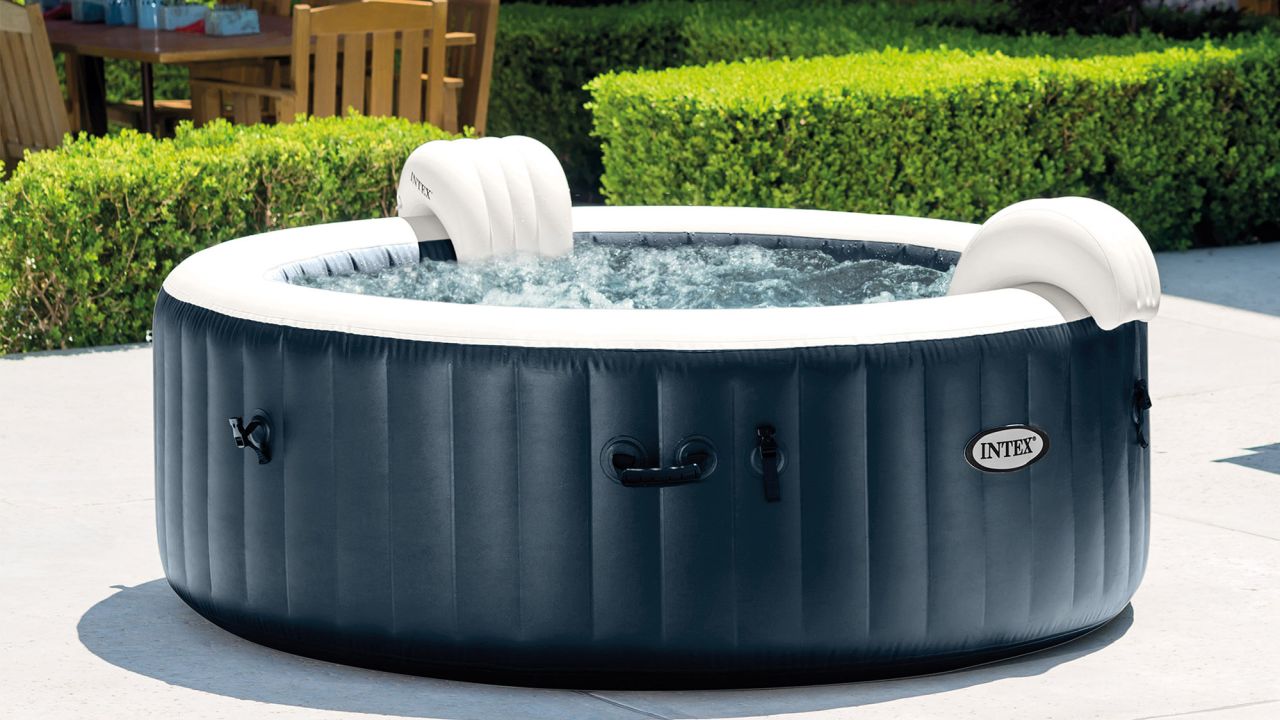
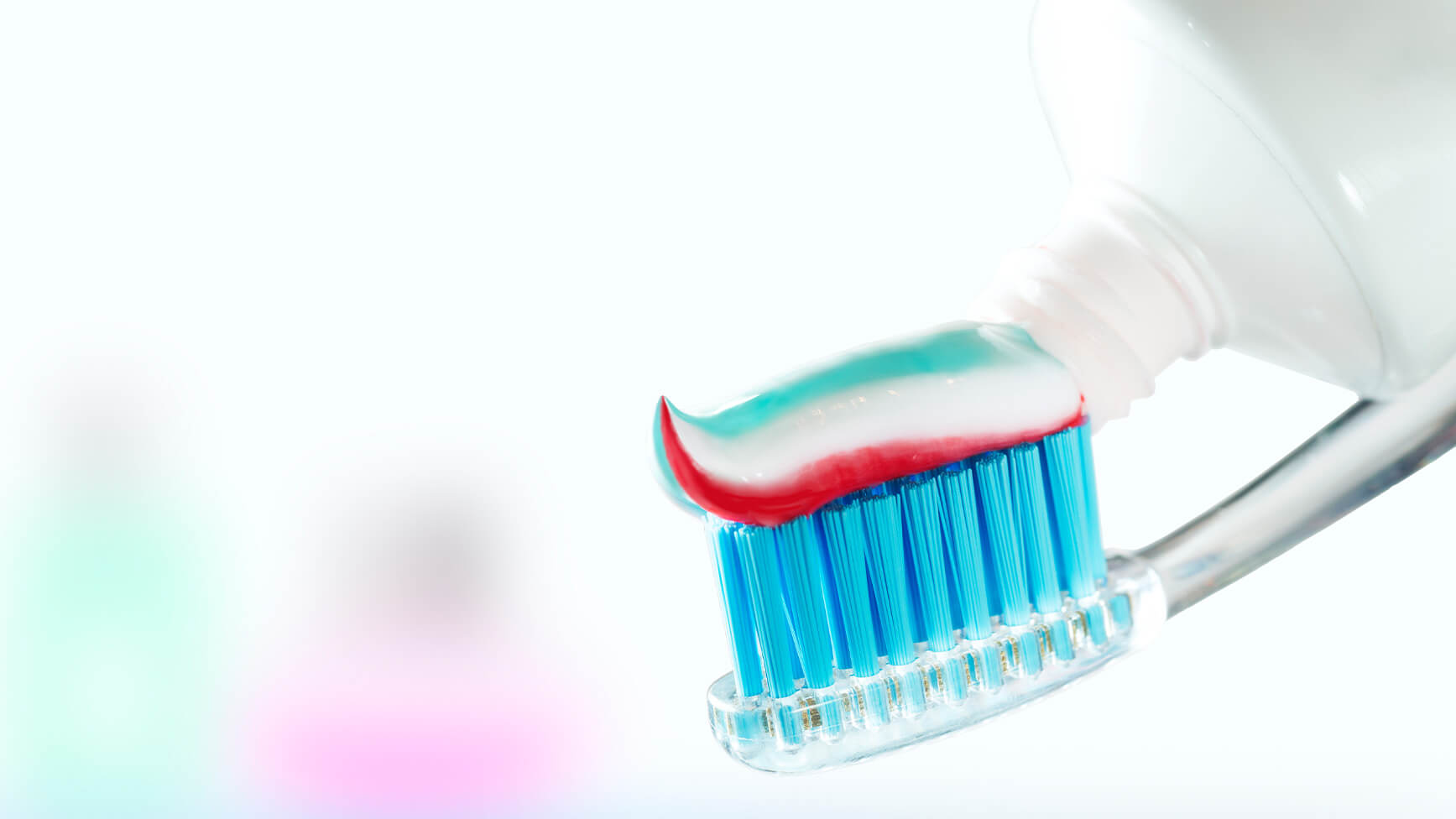
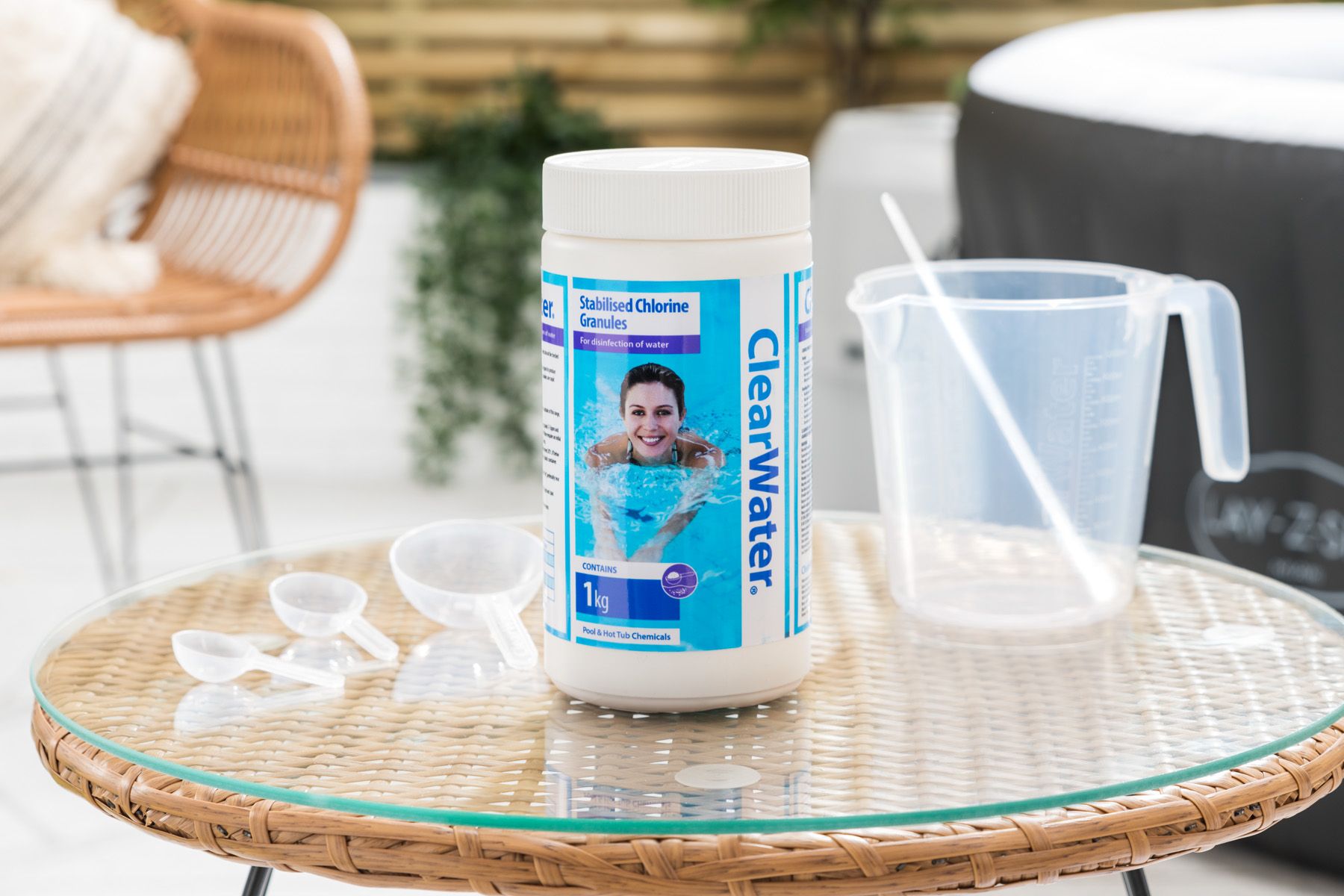
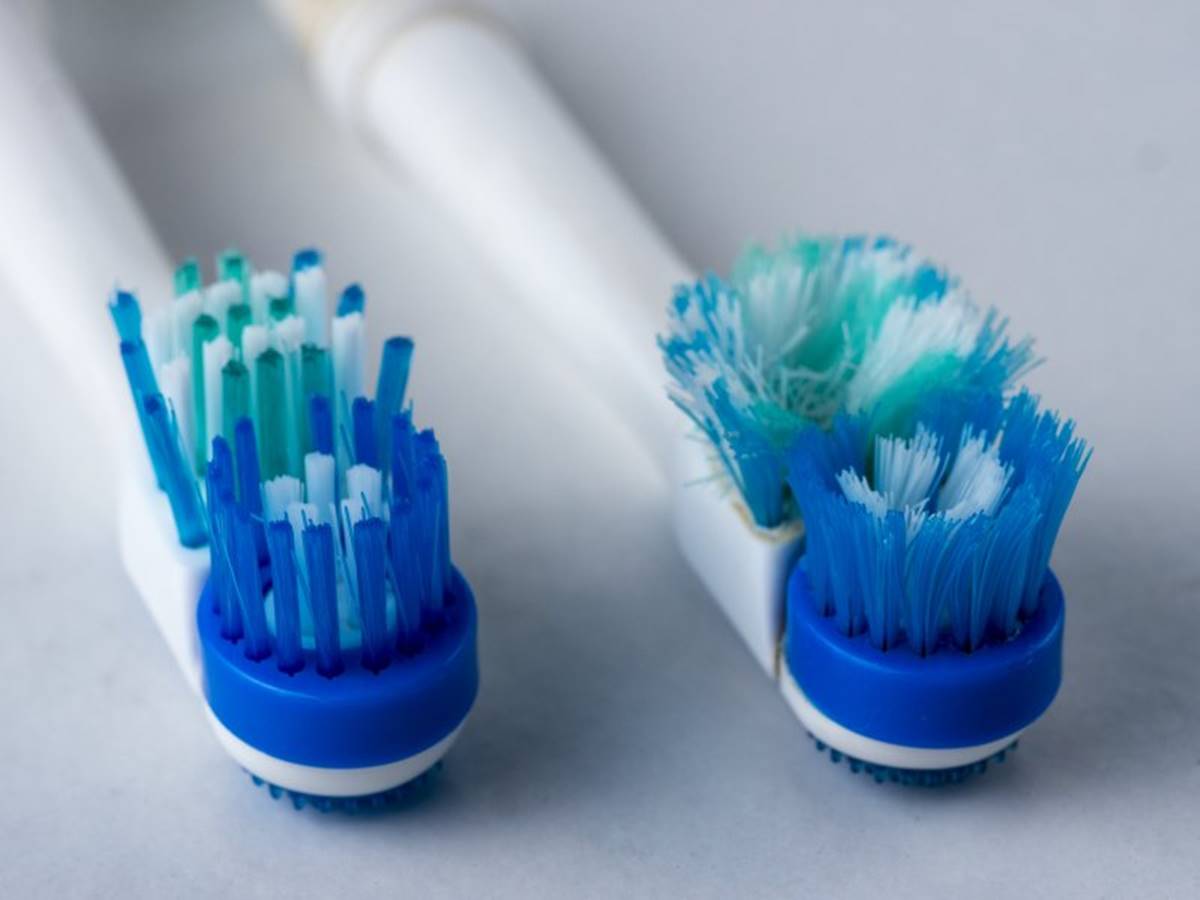
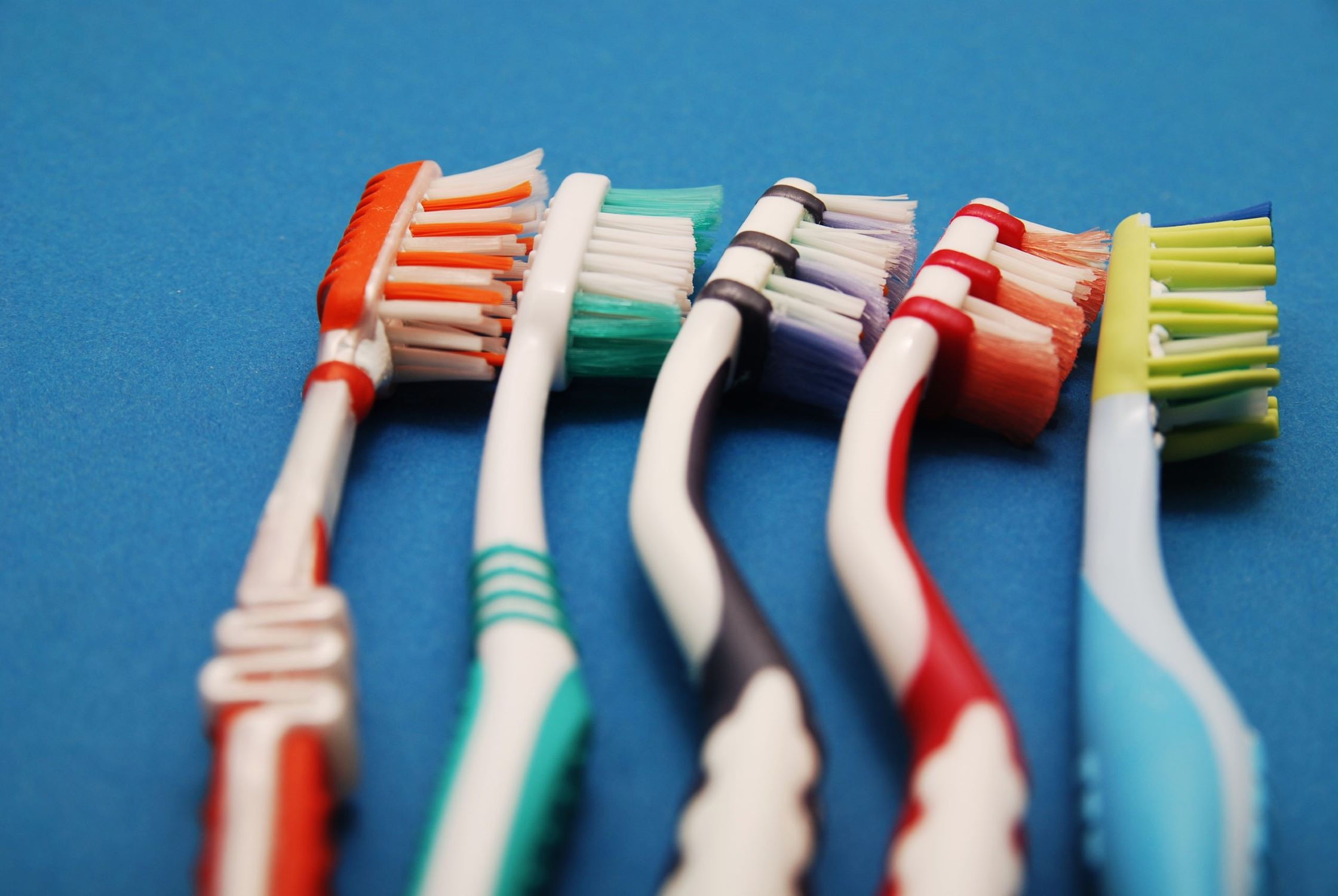
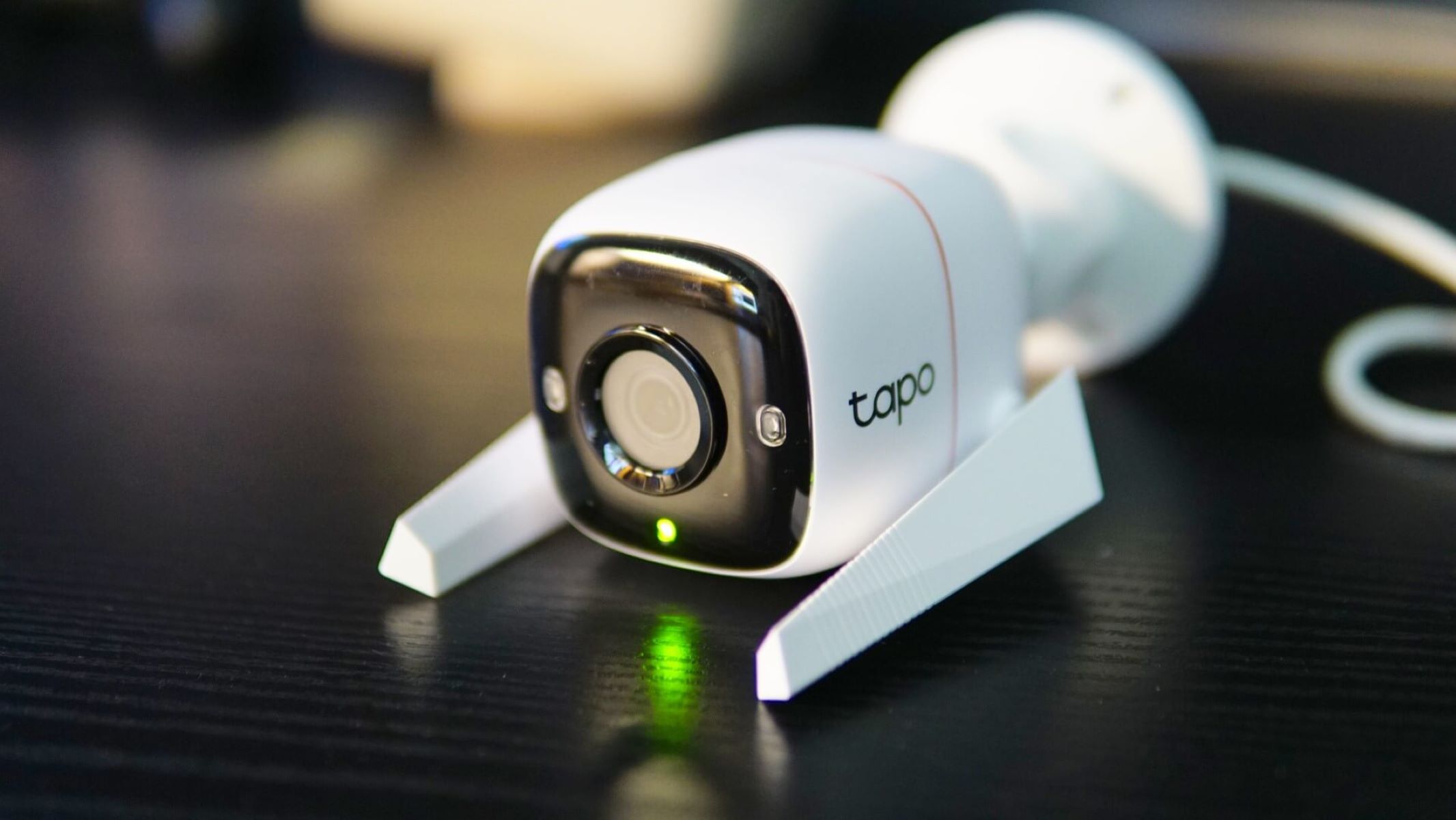




0 thoughts on “How Much Toothpaste Should I Put On My Toothbrush”